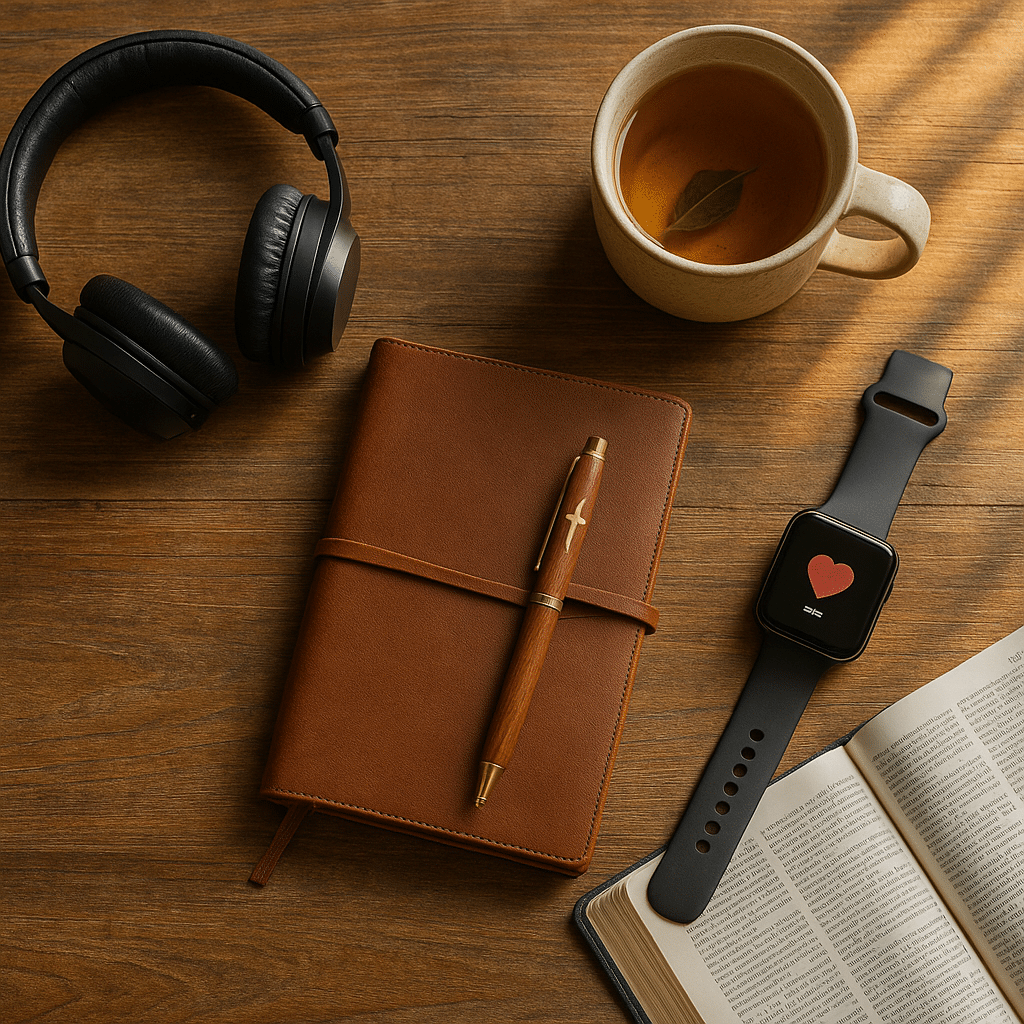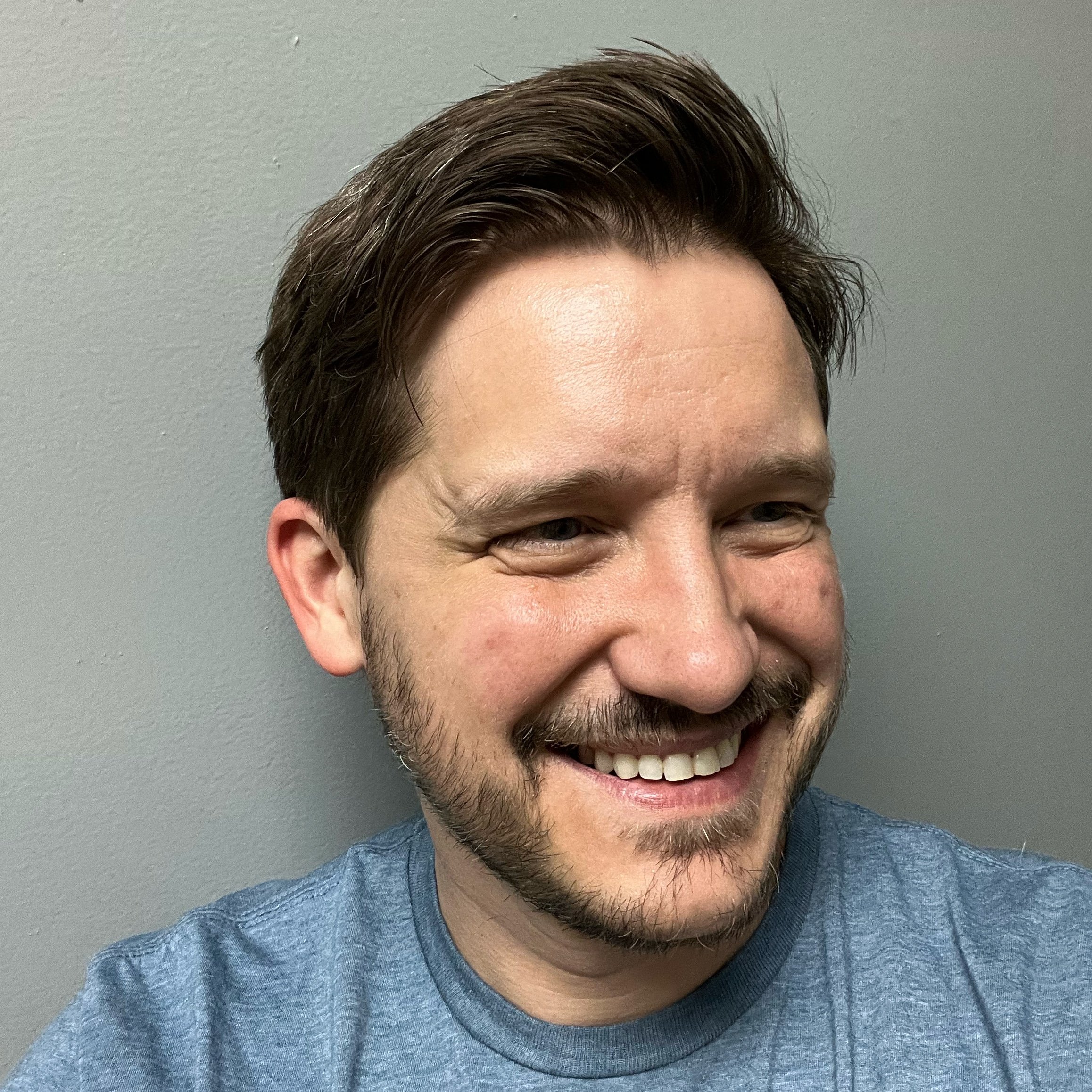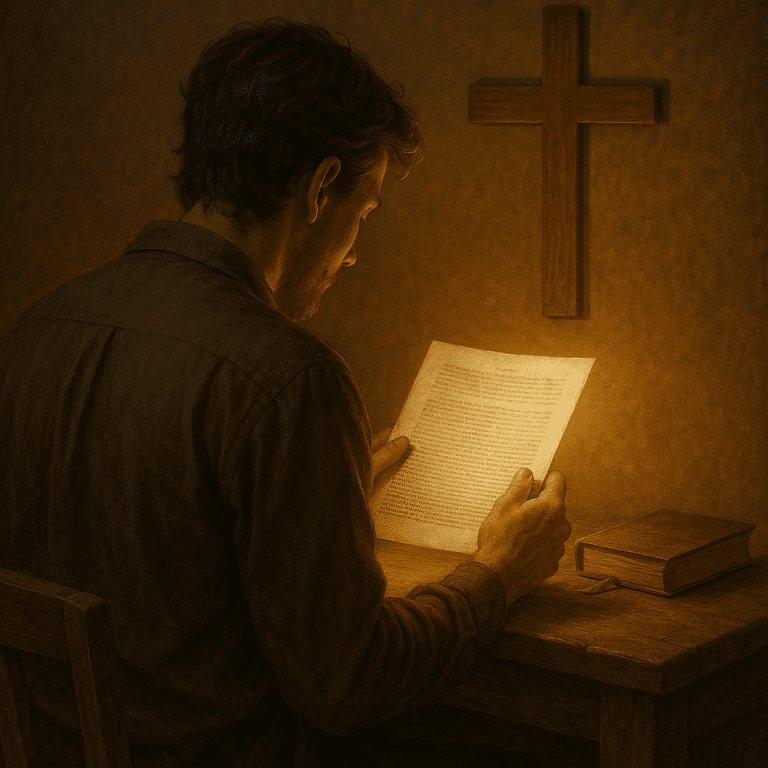Burnout Symptoms: Holistic Christian Guide To Recovery
Estimated reading time: 7 minutes
Burnout symptoms are increasingly common in fast‑paced workplaces, volunteer teams and even family life. Although the phrase is trending, the lived experience can be frightening: chronic fatigue, cynicism, brain‑fog, physical aches and a nagging sense that nothing you do matters. This article distils the latest medical findings, brain science and spiritual wisdom so you can spot the earliest danger lights, apply evidence‑based corrections and stay productive without losing your soul.
Many guides stop at surface tactics; however, lasting change demands a holistic approach—body, mind and spirit. You will discover concrete rest routines, mindset shifts, community safeguards and purpose‑driven tools. Read on, implement one strategy per week and track the difference. Within a season you can move from exhausted survivor to resilient servant‑leader.
Because knowledge without practice stalls, commit today to one keystone habit—the single behaviour that cascades into others. Popular options include a 10‑minute morning walk, journaling three graces at lunch or turning phones off at 9 p.m. Stack the habit onto an existing routine and reward it. Consistency beats intensity for enduring change.
How to Recognise Burnout Symptoms Early
Research from the World Health Organization defines burnout as prolonged workplace stress that has not been successfully managed. Typical burnout symptoms include relentless tiredness, creeping irritability, depersonalisation and a sharp drop in performance. Harvard neuroscientists add that memory lapses and slower executive function accompany elevated cortisol, confirming the issue is biological as well as emotional.
Beyond physiology lie emotional alarm bells. You may dread Monday by Saturday afternoon, explode over minor setbacks or feel numb while doing tasks that once inspired you. Spiritually, prayer can stall and worship feel hollow. Elijah’s desert collapse (1 Kings 19) paints the picture perfectly. His recovery—sleep, food, honest lament and renewed mission—offers a practical roadmap today.
Because early detection shortens recovery time, perform a five‑point weekly scan: energy upon waking, ability to concentrate, mood toward colleagues, interest in previously enjoyable activities and quality of nightly sleep. If three metrics decline for two weeks, treat that cluster as amber lights and take restorative action before they turn red.

Six Hidden Causes Behind Burnout Signs
First, chronic overwork keeps adrenaline pumping and robs your parasympathetic system of the downtime it requires for tissue repair. Second, perfectionism multiplies ordinary tasks into Herculean marathons; nothing ever feels “good enough,” so the finish line moves daily. Third, blurred digital boundaries allow late‑night emails to invade the bedroom, blocking melatonin release and deep sleep. Fourth, role conflict—caring for children while meeting impossible team deadlines—fuels constant vigilance that exhausts the amygdala. Fifth, isolation removes the emotional buffers that absorb stress. Finally, self‑reliance crowds God out of the equation, leaving you to pull the entire load alone.
Each driver comes with a matching antidote. Schedule a weekly 24‑hour tech‑fast to undercut overwork. Employ “good‑enough” exit criteria to shut down perfectionism. Use app blockers after 8 p.m. so your circadian rhythm resets. Negotiate role clarity, join an accountability circle and name your losses out loud during journaling or counselling sessions. When cause and cure align, signs of burnout reverse steadily.
Four Science‑Backed Solutions for Fast Recovery
1. Deep Rest Protocol
Adopt the 3–2–1 Sleep Rule: stop caffeine three hours before bed, screens two hours before and work conversations one hour before. Pair this with a cool 18 °C room, blackout curtains and a four‑second inhale–seven‑second exhale breathing cycle. Sleeve‑based sleep trackers such as Fitbit Charge 6 reveal when REM rebounds, confirming biological recovery.
2. Parasympathetic Movement
Instead of punishing workouts, employ forty‑minute nature walks, restorative yoga or slow cycling. These modalities raise heart‑rate variability—a gold‑standard resilience marker—without spiking cortisol. Aim for five sessions per week to reboot mitochondrial energy output.
3. Thought Re‑framing
Cognitive‑behavioural worksheets from The Burnout Workbook guide you to intercept catastrophising and replace it with truth‑based statements. Example: “If I don’t answer at 10 p.m. the project will crumble” becomes “The team can wait until morning; boundaries sustain excellence.” Practise daily for three weeks to create new neural pathways.
4. Spiritual Practices
Begin mornings with a five‑minute gratitude list, continue with lectio divina on Psalm 23 and finish with two minutes of silence. Neuroscientists at BrainFacts.org note that such contemplative routines down‑shift the amygdala and improve executive focus by 21 % over eight weeks.
Smart Products to Curb Burnout Symptoms Fast
- Fitbit Charge 6 – tracks heart‑rate variability and sleep stages, offering daily readiness scores that predict rising burnout symptoms.
- Bose NC 700 Headphones – block open‑plan noise so your brain can mono‑task and keep burnout symptoms at bay.
- One‑Sec App – inserts a deep‑breathing pause before social‑media launches, reducing doom‑scroll loops that intensify burnout symptoms.
These tools are adjuncts, not magic bullets. Combine them with community and spiritual disciplines for lasting change. For a deeper theological framework read our cornerstone articles on faith & mental health and burnout prevention.

Conclusion & Call to Action
Burnout symptoms signal that current rhythms are unsustainable, yet they also present an invitation. When you honour your God‑given limits, harness brain‑science insights and lean into supportive community, vitality returns. Choose one strategy above, schedule it today and watch hope grow.

Remember, progress may feel slow yet faithful small steps compound. Six months from now you will either be deeper in exhaustion or walking in renewed freedom—your daily choice decides which.
Case Study: How Sarah Reversed Burnout Symptoms in 90 Days
Sarah, a 42‑year‑old project manager and worship‑team volunteer, hit crisis point last winter. She slept five hours, gained ten pounds and snapped at colleagues. Using the Maslach Burnout Inventory she rated her emotional exhaustion at 38 (severe). Prompted by a mentor she took a two‑week stay‑cation—no devices, daily walks, eight hours of sleep. Simultaneously she began CBT sessions to dismantle perfectionism and joined a small‑group study on Sabbath.
Within four weeks Sarah’s resting heart rate dropped by six beats and her Pittsburgh Sleep Quality Index improved from 14 to 7. By day 90 her MBI exhaustion score fell to 19—borderline healthy. She credits three practices: Friday sundown device‑fasts, Monday morning gratitude journaling and quarterly silent retreats. Her team reports sharper creativity, and she testifies that Psalm 23 “He restores my soul” now feels literal.
Long‑Term Prevention Plan for Burnout Symptoms
Once energy returns the next goal is sustainability. Draft a Rule of Life—a one‑page rhythm of daily prayer, weekly rest, monthly solitude and annual retreat. Review quarterly and adjust. Place non‑negotiable recovery blocks into your calendar before adding extra projects. That simple change — proactive scheduling — reduced relapse rates by 57 % in a 2023 study of healthcare workers battling burnout symptoms.
Secondly, build a feedback loop. Meet a trusted friend or coach every 30 days, share sleep averages, mood scores and workload hours. External eyes catch drift early. Finally, celebrate progress. Each time you complete a quarter with healthy metrics take a day trip, enjoy a feast or give thanks publicly. Joy compounds resilience and reminds you that efficiency is not the only metric of success.
Quick Weekly Checklist to Detect Burnout Symptoms
- ✅ Energy score (1‑10) above 6
- ✅ Average sleep >7 h
- ✅ Two device‑free evenings
- ✅ One gratitude entry per day
- ✅ Exercise ≥150 minutes
- ✅ Sabbath kept
- ✅ No consecutive late‑night emails
When two or more boxes remain unchecked, treat that week as a yellow flag and apply recovery protocols immediately. Regular micro‑evaluations prevent another avalanche of burnout symptoms.





